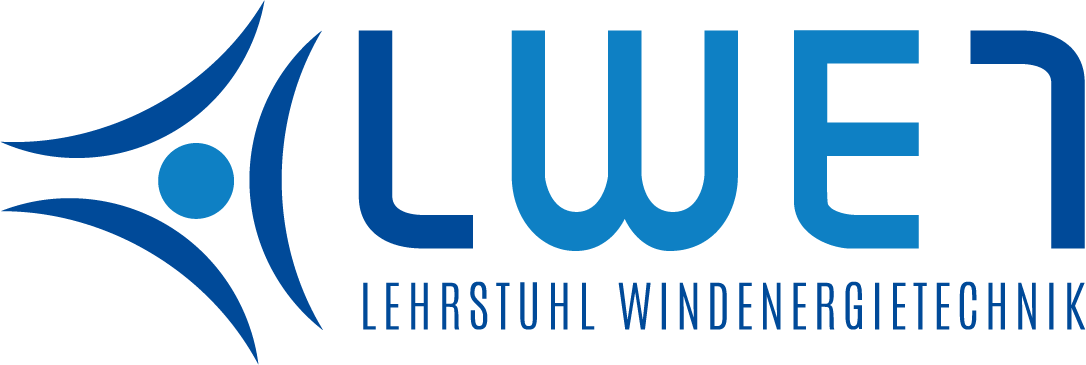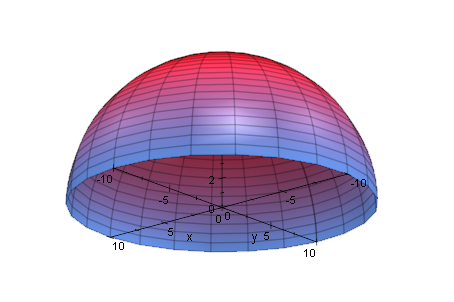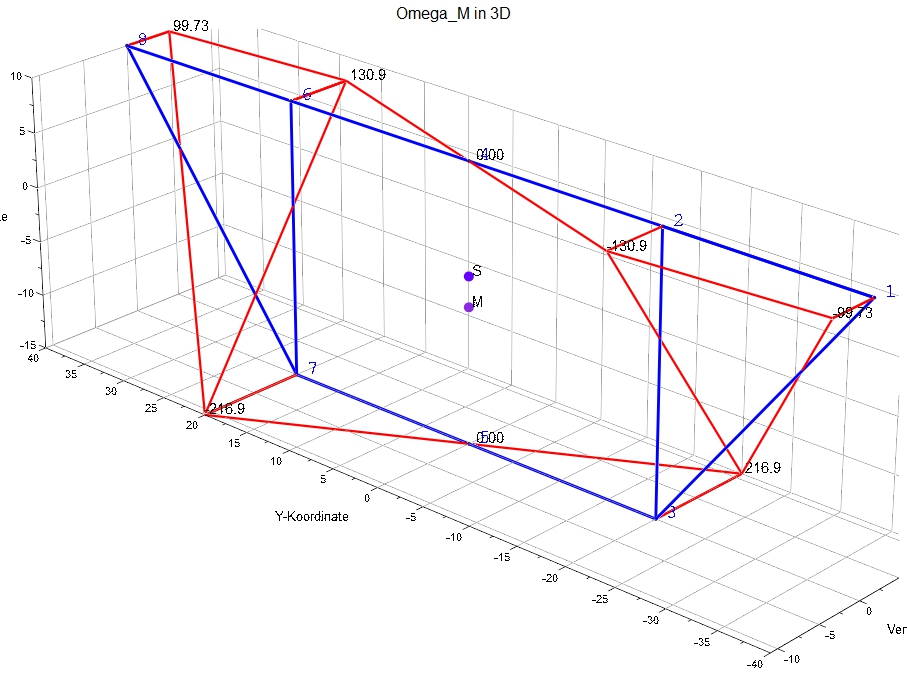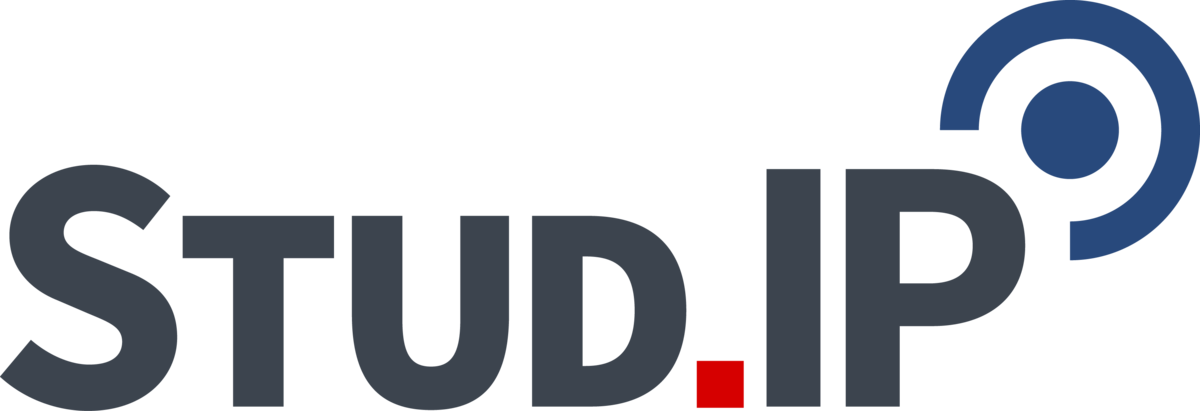Analysing Thin-walled Structures (Master’s)
This advanced study module focuses in detail on two mechanical models for thin-walled structures: the beam theory for thin-walled cross sections and the membrane theory for thin-walled shells.
An initial introduction into the analysis of in-plane and spatially loaded beams is presented in relation to the first of these topics (the Bernoulli or Timoshenko beam theory) or beam structures. This is followed by an in-depth treatment of the theory of free torsion and warping torsion for thin-walled beams with open or closed cross sections, including multi-cellular cross sections. The warping torsion function, the torsional strength, the shear centre coordinates, and the warping torsional strength are calculated with reference to examples of both cross-sectional types. Finite element solutions for the deformation and internal force variables are developed for beams subjected to torsion with the help of MATLAB®. Calculation using finite beam elements for thin-walled beams with warping degree of freedom are demonstrated in ANSYS®.
The main focus with respect to the second topic is the general membrane theory for rotationally symmetric shells. The shell geometry is described in a general vector format. Deformation and internal force variables are defined and equations are developed for kinematics and equilibrium conditions. Analytical solutions for spherical, cylindrical and conical shells are demonstrated and practised based on several typical load cases. The calculation equations for geometric variables, deformations and internal force variables are summarised in a comprehensive formulary. The basic principles of general shell deformation theory – the definitions of the geometric and internal force variables and the corresponding equation sets – are also treated in a compact format.
By completing this module students will gain an in-depth advanced theoretical understanding and the necessary skills to develop practical structural engineering solutions for spatially loaded thin-walled beam and shell structures using computer algebra software (MATLAB) and FE modelling software.
At a Glance
- Introduction to 2D beam theory: Displacement hypotheses, the kinematics of the beam continuum, differential equations systems, beam stiffness matrix
- Saint-Venant’s torsion for open and multi-celled closed profiles – analytical and finite element solutions for the cross-section problem: Warping function (analytical and finite-element-based computation), torsional strength, primary torsional shear stresses
- Warping torsion theory for thin-walled beams: Torsional twist, the shear centre, bending moment, warp stiffness, normal warp stresses and warp shear stresses, analytical solution to the differential equations, the finite torsion beam element based on algebraic and transcendent approaches
- The 3D beam: Kinematics, differential equations systems, internal forces, finite element stiffness matrix encompassing the Saint-Venant’s torsion and the warping torsion, consistent beam dimension matrix
- Thin-walled shells: Shapes, classification, load-bearing behaviour, introductory examples
- The geometric foundations of shell theory: Coordinate systems, tangential vectors, state variables description
- The membrane theory of shells: Kinematics, equilibrium, rotational symmetry conditions
- The spherical shell: typical symmetrical load cases
- The cylindrical shell: general conditions, solutions by using the Fourier series
- Calculating membrane shell deformation: Examples for conical and cylindrical shells, formulary for rotational symmetrical geometry and loading
- The bending theory of shells: kinematics in shell space description, internal force variables, equilibrium conditions, structural analysis
- Practical exercise examples of analytical and numerical solutions (MATLAB®)




